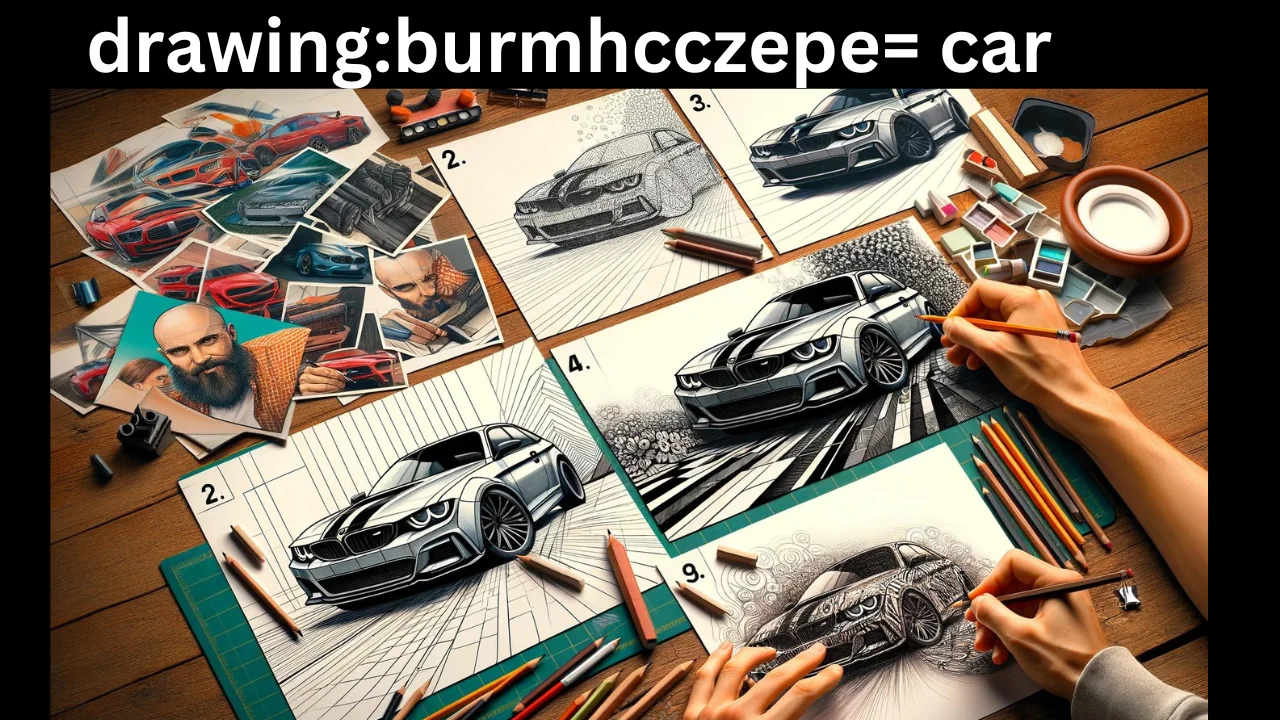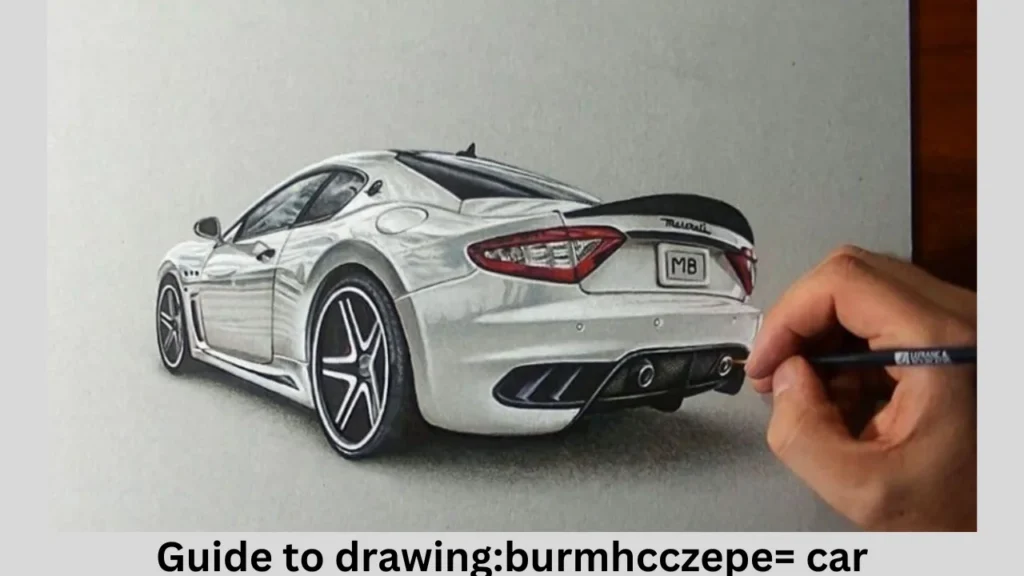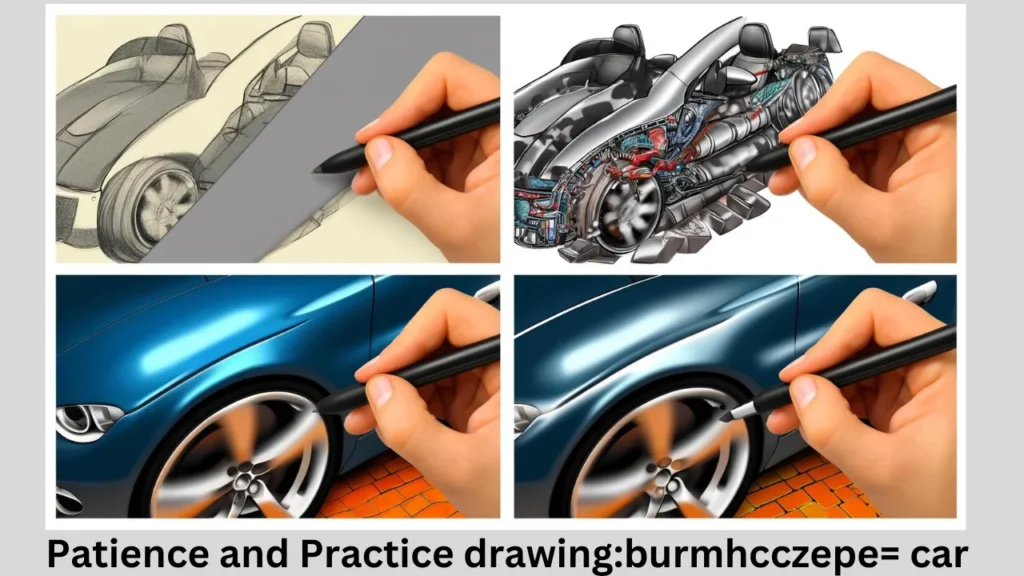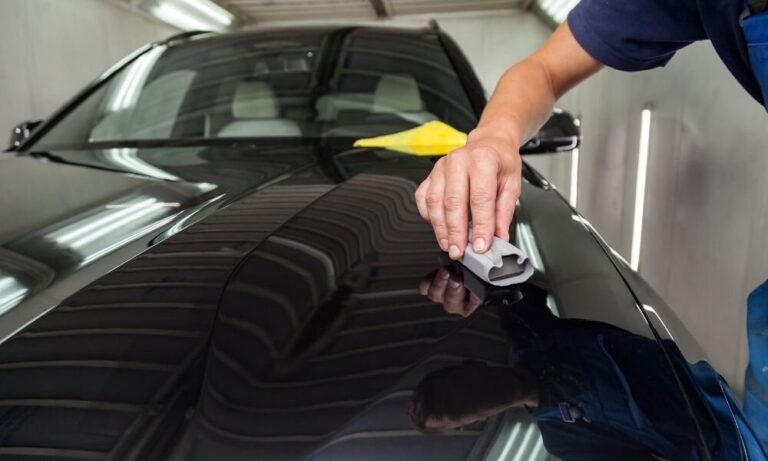Drawing:Burmhcczepe= Car Techniques Tips And Skills

Drawing:burmhcczepe= car a car can be both a challenging and rewarding experience for artists of all levels. Whether you’re a beginner looking to develop your skills or an experienced artist aiming to refine your technique, understanding the fundamental aspects of car drawing is essential. This article will guide you through the process of creating a detailed and realistic car drawing, with a focus on using the keyword “drawing= car” naturally throughout the content.
What is drawing:burmhcczepe= car
It seems that drawing:burmhcczepe= car is a specific and unusual keyword or phrase, potentially used in a unique context, such as SEO, metadata, or a coding system that identifies a particular type of content related to car drawings. The keyword itself doesn’t have a standard or widely recognized meaning in common language or art terminology.
If you’re referring to this phrase as a focus keyword for SEO purposes or another specific use case, it’s likely a coded or generated term used to track, categorize, or optimize content related to car drawings in a specialized system. It could be part of a naming convention or a string used to differentiate this content from others in a database or online platform.
The Basics of drawing:burmhcczepe= car
Before diving into the intricacies of drawing a car, it’s crucial to understand the basic principles of car design. Cars are composed of various geometric shapes, such as circles, rectangles, and curves. By breaking down a car into these simple shapes, you can easily sketch the overall structure before adding finer details.
When starting your, focus on the proportions of the vehicle. The proportion refers to the relationship between the size of different parts of the car. For instance, the wheels should be the same size, and the height of the car should be proportionate to its length. Getting the proportions right is the first step towards creating a realistic car drawing.
Guide to drawing:burmhcczepe= car

Begin your, by lightly sketching the outline of the car’s body. Use a pencil so that you can easily erase any mistakes or adjust the lines as needed. Start with the main body of the car, which is usually a rectangular shape. Then, sketch the wheels as circles, ensuring they are evenly spaced and aligned.
Adding Details
Once the basic outline is complete, you can start adding details . This includes drawing the windows, doors, and any other distinct features like headlights and grilles. Pay attention to the car’s design, whether it’s a sleek sports car or a rugged SUV. Each type of car has unique features that define its appearance.
Refining the Drawing
After adding the basic details, it’s time to refine your . Darken the lines that define the car’s shape and erase any unnecessary guidelines. Add more details to the car’s surface, such as the contours of the hood, the texture of the tires, and the reflections on the windows. Refining these details will enhance the realism of your car drawing.
Shading and Texturing
Shading is a crucial step in making your look three-dimensional. Determine the light source in your drawing and shade the areas that would naturally be in shadow. Use varying levels of pressure with your pencil to create different shades of grey. Texturing can also add depth to your drawing. For instance, you can add a grainy texture to the tires or a glossy finish to the car’s body.
Common Mistakes to Avoid
When working on , artists often make a few common mistakes. One of these is neglecting the perspective. Cars are three-dimensional objects, and capturing the correct perspective is essential to avoid a flat, unrealistic drawing. Make sure to consider the vanishing points and the angles of the car’s body.
Another common mistake is overcomplicating the drawing too soon. It’s important to build your drawing gradually, starting with simple shapes and slowly adding details. Rushing the process can lead to a cluttered and confusing drawing.
Tools and Techniques drawing:burmhcczepe= car
For a successful , having the right tools and techniques is essential. A set of good-quality pencils with varying lead hardness will allow you to create both fine details and broad shading. Erasers are equally important for refining your drawing and correcting mistakes. Using a ruler can help in drawing straight lines, especially for the car’s body and windows.
One effective technique for improving your car drawing skills is to practice regularly. The more you draw, the better you will understand the proportions, details, and shading that make a car drawing realistic. Additionally, studying real cars or photos of cars can provide valuable insights into the design and structure of different vehicles.
| Technique | Description | Application |
|---|---|---|
| Two-Point Perspective | Drawing technique using two vanishing points to create realistic angles and dimensions. | Used for creating side or angled views of cars. |
| Three-Point Perspective | Involves three vanishing points to depict extreme angles, such as looking up or down at a car. | Useful for dynamic, dramatic car illustrations. |
| Layered Shading | Gradually building up layers of shading to create depth and realistic lighting effects. | Enhances the 3D appearance of the car’s body and features. |
| Gradient Shading | Smooth transitions between light and shadow to represent the curvature of the car’s surfaces. | Ideal for illustrating the smooth curves of car exteriors. |
| Texturing (Metallic Surfaces) | Simulating the reflective qualities of metal, using sharp highlights and smooth shading. | Used to depict the glossy finish of car bodies. |
| Texturing (Rubber Tires) | Utilizing stippling and cross-hatching to represent the rough texture of tires. | Essential for adding realism to car wheels and tires. |
| Reflected Light | Incorporating light that reflects off surfaces to enhance realism. | Adds subtlety and depth, particularly in shaded areas. |
| Blending in Digital Tools | Using software tools to smooth out shading and add effects like gloss and reflections. | Applies to digital car illustrations in video games or ads. |
| Proportion and Measurement | Ensuring all car parts are in the correct proportion relative to each other. | Critical for realistic and balanced car drawings. |
Patience and Practice drawing:burmhcczepe= car

Drawing a car, especially with the keyword requires patience and practice. It’s unlikely that you’ll create a perfect drawing on your first attempt, and that’s okay. Each drawing is a learning experience that helps you develop your skills. Take your time with each step, and don’t be afraid to make mistakes—they are an essential part of the learning process.
Determine the Light Source
Before you start shading, it’s essential to determine where the light is coming from in your drawing. The direction of the light source will affect where the shadows fall on the car. For instance, if the light is coming from the top left, the shadows will appear on the lower right side of the car. Always be consistent with your light source throughout the drawing to maintain realism.
Applying Different Shading Techniques
There are several techniques you can use to shade your effectively:
Hatching:
This involves drawing closely spaced parallel lines to create a shading effect. The closer the lines are, the darker the area will appear. Hatching is useful for shading large, flat areas like the car’s body.
Cross-Hatching:
This technique is similar to hatching but involves drawing intersecting sets of lines. Cross-hatching is great for creating deeper shadows and adding more texture to the drawing.
Blending:
Blending is the process of smoothing out shading using tools like a blending stump or your finger. It can create soft gradients, which are ideal for rendering the smooth, curved surfaces of a car.
Stippling:
Stippling involves using small dots to build up shading. This technique can be time-consuming but is effective for creating subtle texture, especially in areas like the tires or rougher surfaces of the car.
Creating Gradients
Gradients are essential in shading as they show the transition between light and shadow. When shading your , start with the lightest areas and gradually build up to the darker regions. This will create a smooth transition that mimics how light interacts with a real car. Pay particular attention to areas like the hood, roof, and fenders, where light naturally creates highlights and shadows.
Adding Textures
Textures add a layer of realism to your by mimicking the surface qualities of different parts of the car. Whether it’s the smooth, reflective surface of the car’s body or the rough texture of the tires, adding textures can significantly enhance the overall look of your drawing.
Car Body Texture
The car’s body is typically smooth and reflective. To replicate this in your drawing, use smooth, even shading and add highlights to indicate reflections. You can use an eraser to lift graphite and create these highlights, which should correspond to the position of your light source. This technique will give the car a polished, shiny appearance.
Tire Texture
Tires have a rough, rubbery texture, which can be conveyed using a combination of stippling and cross-hatching. Add small, irregular dots or short lines to suggest the roughness of the tire surface. For the tread pattern, carefully sketch the grooves and indentations, making sure they follow the curvature of the tire.
Glass Texture
Windows and headlights require a different approach. These surfaces are smooth but also transparent, so your shading should be minimal and focused on capturing reflections. Lightly shade the glass areas, leaving some parts completely white to represent the brightest reflections. Use a light touch and consider adding subtle cross-hatching to indicate the transparency of the glass.
Uses of drawing:burmhcczepe= car
The art and technique of has a wide range of applications across various fields. From artistic expression to professional design, mastering car drawing can open doors to numerous opportunities. Here are some key uses:
Automotive Design and Engineering
One of the primary uses is in automotive design. Designers and engineers use car drawings to conceptualize and develop new vehicle models. These drawings serve as the first step in the creation of a car, helping to visualize the design, structure, and functionality before moving on to digital modeling or physical prototypes. Accurate car drawings are essential for ensuring that the final product meets both aesthetic and technical standards.
Artistic Expression
For artists, is a form of creative expression. Whether creating hyper-realistic illustrations or stylized interpretations, artists use car drawings to explore different artistic styles, experiment with perspectives, and convey emotions. These drawings can be exhibited in galleries, sold as prints, or used in various forms of media, showcasing the artist’s unique vision and skill.
Educational Purposes
In educational settings, can be used to teach students about geometry, perspective, and technical drawing. It’s a practical exercise that combines art and science, helping students develop spatial awareness and attention to detail. In addition, car drawing can be part of a broader curriculum in industrial design or engineering courses, where students learn the fundamentals of product design.
Marketing and Advertising
Car drawings are often used in marketing and advertising to promote vehicles. Illustrations of cars can be found in brochures, magazines, and online advertisements, showcasing different models and features in a visually appealing way. These drawings help convey the design and aesthetics of a vehicle to potential customers, often highlighting features that photographs might not fully capture.
Hobby and Personal Enjoyment
Many individuals engage in as a hobby. Car enthusiasts, in particular, may enjoy sketching their favorite models or conceptualizing custom designs. This practice can be a relaxing and fulfilling pastime, offering a way to connect with the automotive world on a personal level. It also allows hobbyists to improve their drawing skills and share their work with a community of like-minded individuals.
Concept Art for Video Games and Movies
In the entertainment industry, is used in concept art for video games and movies. Artists create detailed car drawings to design vehicles for characters, settings, and action scenes. These drawings are often the first step in developing the visual style of a game or film, providing a blueprint for 3D modelers and animators to bring the vehicles to life.
Frequently Asked Questions
What is the best way to start a drawing= car?
Begin by sketching the basic outline of the car using simple geometric shapes like rectangles and circles. Focus on getting the proportions right before adding details and shading.
How can I make my car drawing look more realistic?
To enhance realism, pay attention to perspective, shading, and textures. Use techniques like layered shading and gradient transitions to create depth, and accurately depict the reflective surfaces of the car.
What tools are recommended for drawing= car?
For traditional drawing, use a range of pencils (HB to 6B), a ruler for precise lines, and blending tools for smooth shading. For digital drawing, software like Photoshop or Procreate offers layers, brushes, and effects that can enhance your car illustrations.
Conclusion
After you’ve completed the shading and texturing, step back and evaluate your drawing:burmhcczepe= car. Look for areas where the shadows could be deepened or where textures might need more definition. Adding these final touches will enhance the realism and make your car drawing stand out.
Shading and texturing are powerful tools that can elevate a simple car sketch into a detailed and lifelike drawing. By mastering these techniques, you’ll be able to create a drawing:burmhcczepe= car that captures not only the shape but also the feel and character of the vehicle.






